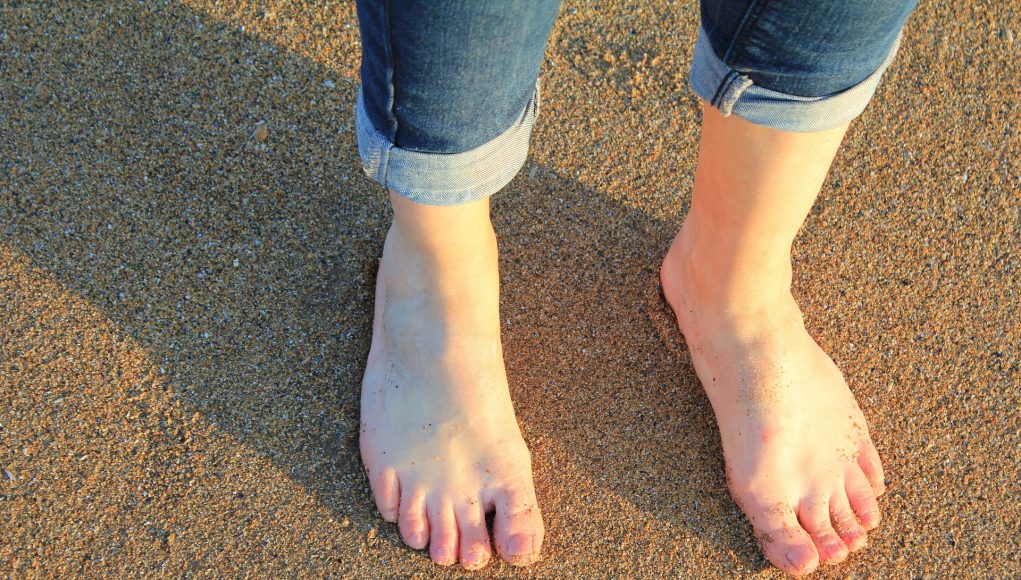The ankle sprain occurs when the strong bands of muscle (ligaments) that wrap and link the knee joints to the structures of the feet are injured. The injury usually happens when you rotate or unusually roll your foot. The muscles that bind your ankle joints and bones connected might be stretched or torn due to this. Every ligament gets strength, flexibility, and limits that enable them to stabilize the tissue. A sprain occurs when the muscles that wrap the ankle get strained over certain limits. The tissues on the exterior of the foot are most typically injured in ankle sprains.
Ankle Injury Signs

The swelling caused by a twisted ankle can induce a variety of ailments, such as:
- Inflammation and redness:It might be so bloated that pressing on that using your fingers leaves an impression.
- Agony:After a strain, your muscles become more responsive—the joint throbs and aches. It usually becomes worse whenever you push upon that and flex your leg in specific angles, stroll, or stand.
- Burning and redness:A dislocation increases blood circulation to the affected region.
- Destabilization:The joint might feel feeble when the tissue is completely ripped.
- Difficulty in walking:Your ankle’s range of motion may be limited due to a sprain.
Ankle injury could be induced by several events
Whenever your foot is stretched from its natural posture, some or the whole of the muscles might strain, partial tear, or tear, resulting in a dislocation. This can happen due to many reasons like:
- Twisting of your ankle as a result of a tumble.
- When jumping or turning, you strike uncomfortably on your heel.
- Over an irregular terrain, you can walk or exercise.
- Throughout a sporting event, another person steps or lands on your leg.
Ankle Injury Treatment
Your physician will evaluate your foot, heel, and bottom leg throughout ankle sprain physiotherapy. The physician will examine the area surrounding the wound for soreness and flex your leg to assess strength and flexibility and determine which postures cause agony and distress. If the lesion is severe, your physician may order several radiological tests to check out a fractured bone or even to assess the degree of a ligament injury in further detail, like a bit of quantity of radiation flows into your system when in an X-ray to obtain pictures of the foot bones. This technique helps determine whether or not a person has a broken bone.














